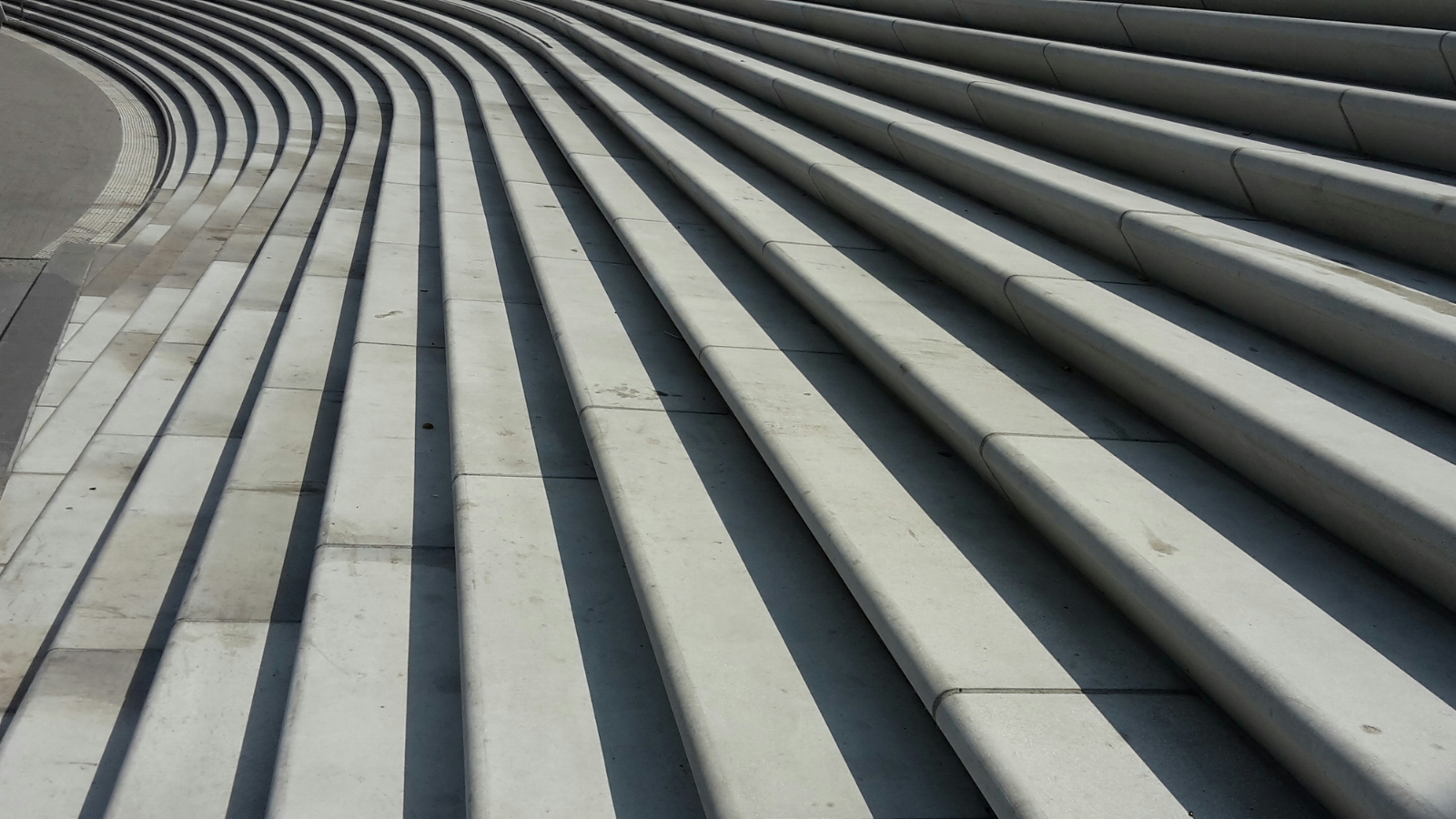Joint position – Carbon pricing is crucial for decarbonisation: delaying CBAM is not an option

The Alliance for Low-Carbon Cement & Concrete (ALCCC) expresses its strong support for the swift implementation of the Carbon Border Adjustment Mechanism (CBAM).
Against the backdrop of the upcoming Clean Industrial Deal and recent statements by the European People’s Party (EPP) calling for a two-year delay of the implementation, much-needed scaling up of low-carbon solutions in and beyond Europe is in jeopardy.
As the Alliance for Low-Carbon Cement & Concrete (ALCCC), we bring together frontrunners and innovators in the cement and concrete value chain, targeting a net-zero value chain by 2040. It is our conviction that Europe can spearhead the transition to a clean, and competitive cement and concrete industry. Proven, scalable, and cost-effective solutions exist but are yet to become the norm.
As highlighted in our roadmap, it is on the shoulders of policymakers to create the right regulatory framework for clean technologies to thrive. A fast and effective carbon pricing mechanism is imperative. Europe is home to some of the most clinker-intensive cements in the world with a clinker-to-cement ratio sitting well above the global average [1]. This is problematic as the production of traditional clinker is the main source of cement and concrete emissions, despite research showing that we can drastically reduce the share of clinker.
A major part of today’s problem is the lack of effective carbon pricing under the EU Emissions Trading System (ETS). For cement and concrete decarbonisation, the instrument has two big shortcomings:
- Clinker benchmark: the EU ETS Free Allocation Rules (FAR) grants free allowances at the level of clinker, and not cement. This is not in line with the “one product, one benchmark” principle, creating market distortion that favours clinker production.
- Overallocation: until 2023, clinker production emissions have been covered by EU ETS free allowances. As a result, industry has been immune to any carbon price, putting cleantech solutions at a further disadvantage.
Due to the interplay between the EU CBAM and the phase-out of free allowances under the EU ETS, it has the potential to not only promote decarbonisation outside the EU, but also address a major shortcoming to the EU ETS for cement, such as overallocation.
Given that cement – unlike other CBAM commodities such as iron or steel – are hardly traded on a global market, it is critical to move as fast as possible toward a functioning carbon pricing system for cement in Europe. Any additional delay will come at the expense of a clean and competitive European cement and concrete industry.
Notes to editor:
[1] Most recent data show an average clinker-to-cement ratio in Europe of 0,76% vs. a global average of 0,71% (GCCA, getting the numbers right)


